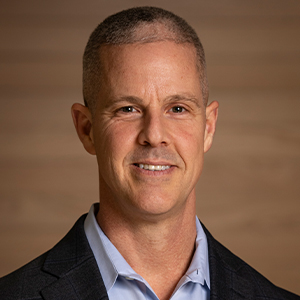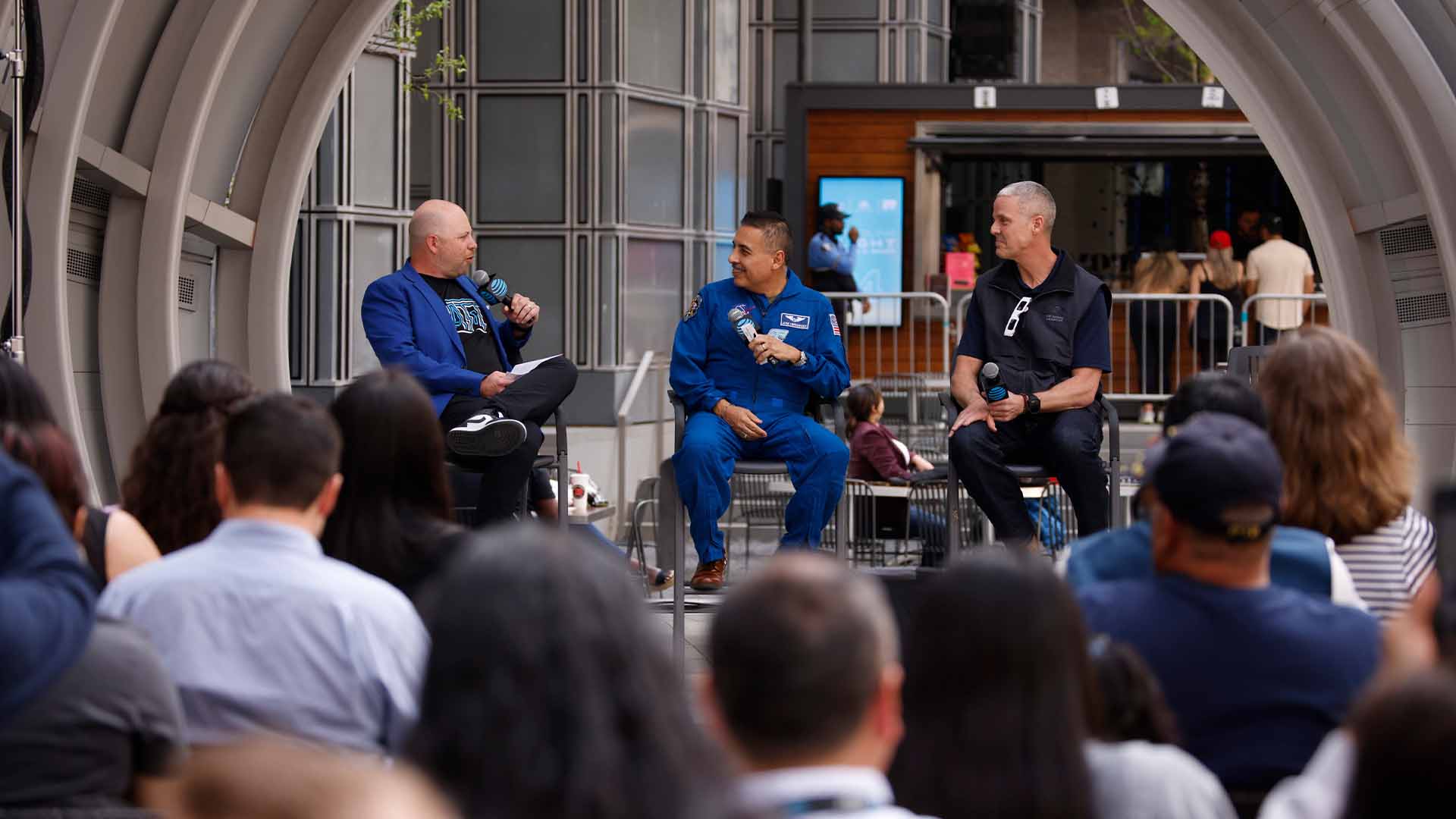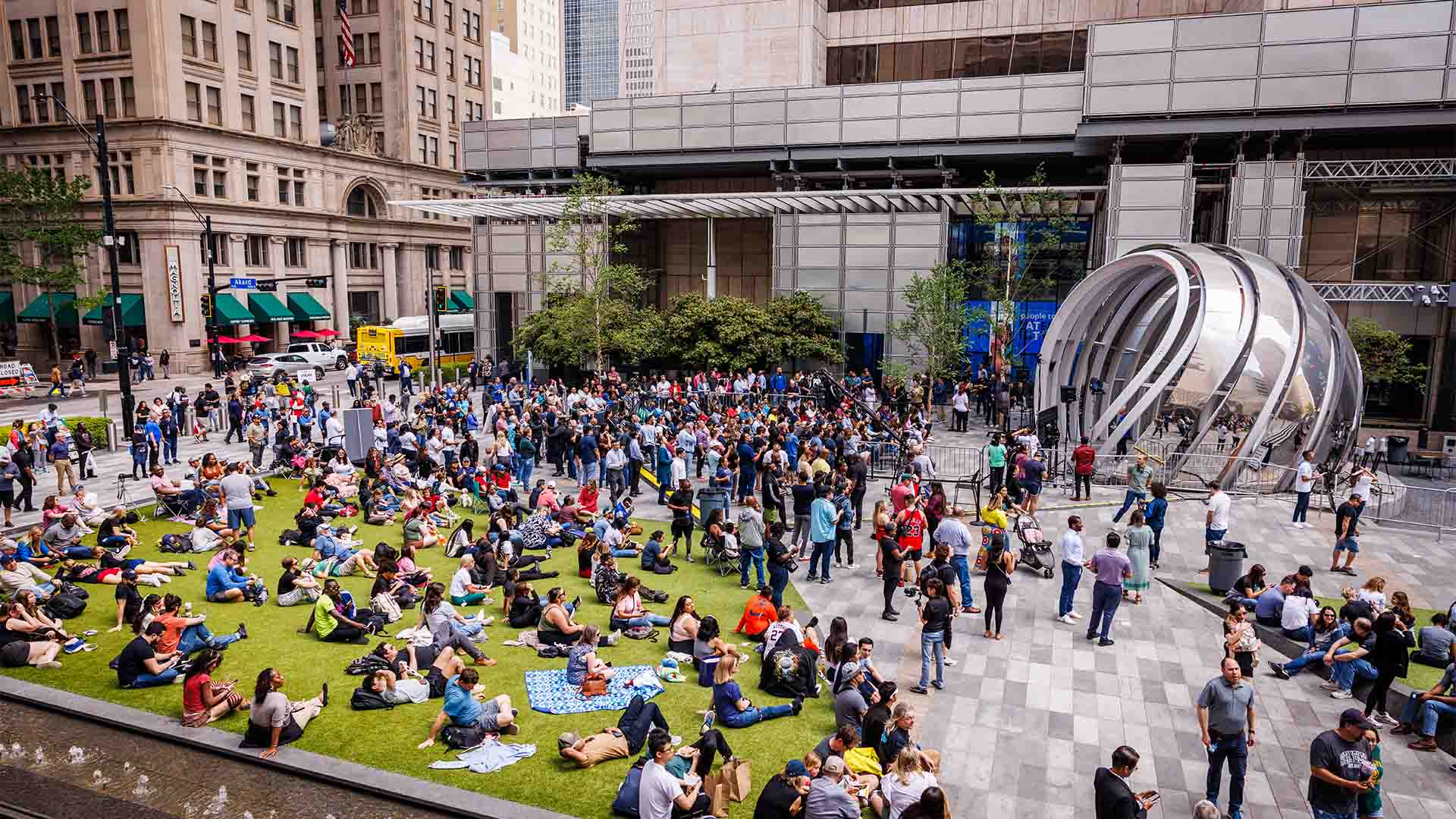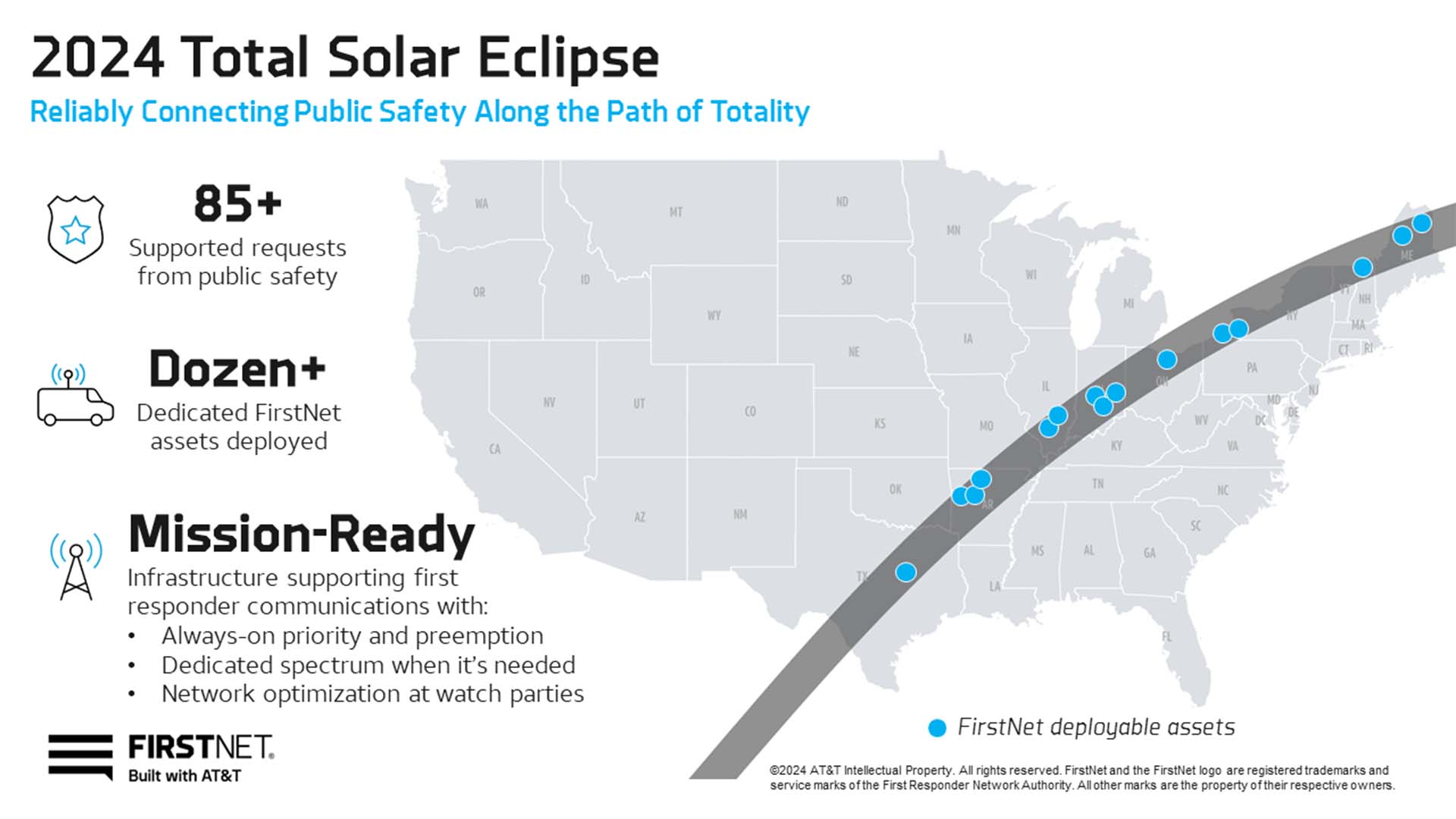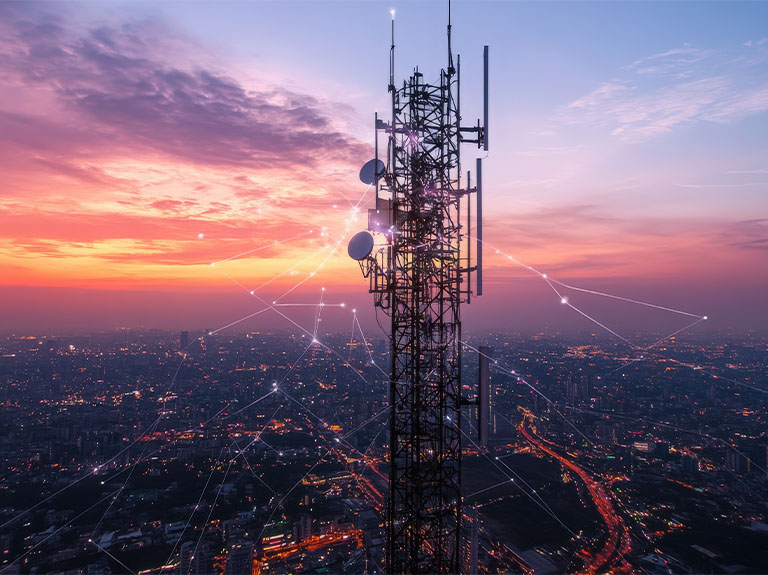We monitored our network around the clock to help ensure spectators stayed ‘out of the dark’ during this year’s total solar eclipse.
While more than 32 million Americans watched the eclipse, we were busy watching our network spike. As totality hit across the United States, an increase of data usage followed when millions of viewers captured and shared the big moment. Smartphones became the lens through which we observed this rare phenomenon. More than 3.2 billion total messages were sent Monday – that's 510 million messages more than a typical day. Over 1.1 billion were MMS messages that included pictures and videos and 2.1 billion were text only. It’s amazing to see the power of our network firsthand, connecting so many people during such a historical moment.
It’s been 7 years since the last eclipse and it’s safe to say that a lot has changed. Our network is virtualized and can now handle much more capacity at much higher speeds. To put capacity into perspective, our network saw 168 petabytes of data on an average business day in 2017. In 2024, that number has exploded to 680 petabytes. And I know it’s hard to remember a time before 5G, but that was the case during the last solar eclipse. Since then, we’ve evolved and expanded our 5G network to reach more than 295 million people across 24,500 cities and towns becoming America’s most reliable 5G network1.
Today, gathering for large events - like the one I attended in the Discovery District - requires much less 'prep' than it used to. Less often do we rely on COWs (cells-on-wheels) to boost connectivity, and more often rely on neighboring cell sites to pick up network traffic to help ease congestion. That's the power of a virtualized network.
At AT&T’s headquarters in Dallas, we had a front row seat for this eclipse and enjoyed taking part in this celestial moment alongside students, employees and attendees. I had the honor of speaking with and learning from former NASA astronaut José Hernández about his journey to space and how connectivity plays a role in everything we do. Our AT&T meteorologist, John Sisak, who plays a vital role in helping our network team prepare every day, gave us a first-hand look at how the weather was holding up across the country as people came together to watch this moment.
Connectivity is an essential element of public safety. Across the country, the FirstNet Response Operations Group (ROG) – led by a team of former first responders – is always ready to support public safety with their communication needs. In preparation for the eclipse, this team responded to more than 85 requests from public safety and first responder agencies. They helped optimize the network for first responders to enhance coverage and capacity and deploy public safety’s dedicated FirstNet network assets at watch parties along the path of totality.
Time and time again, we continue to rise to the challenge of meeting the connectivity needs of our customers during major events like the eclipse. At the rate and speed of innovation, I can't wait to see what our network looks like for the next eclipse in 2044! I'll make sure to hang onto my eclipse glasses until then.
Read more AT&T Technology & Innovation news
